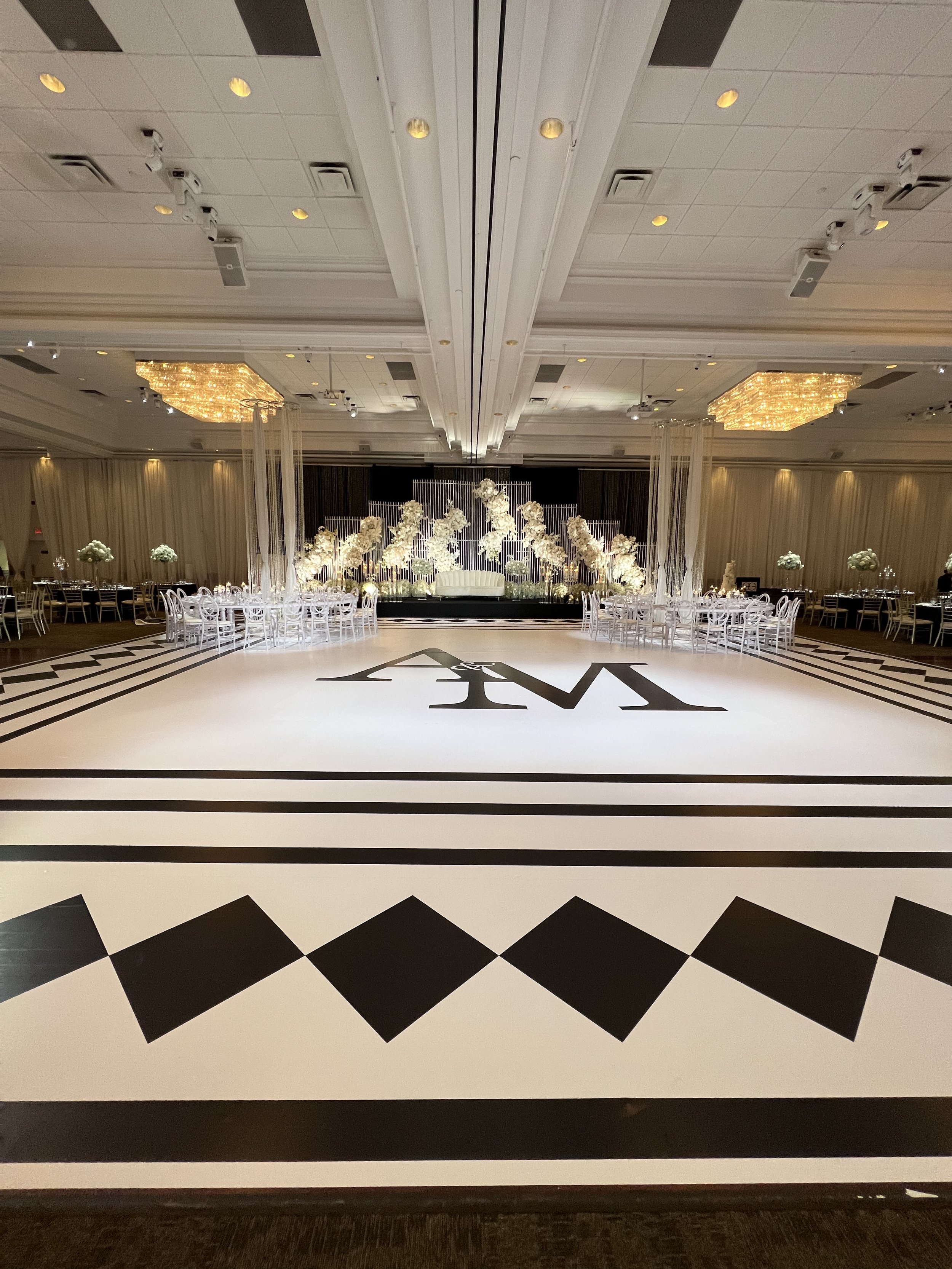Innovative Styling Trends Molding the Future of Interactive LED Dance Surfaces
Innovative Styling Trends Molding the Future of Interactive LED Dance Surfaces
Blog Article
Interactive LED dancing floors have become progressively favored in various entertainment venues, including nightclubs, concerts, and events. These surfaces use cutting-edge tech to generate vibrant lighting displays that react to sound and movement. As innovation continues to evolve, several creative styling patterns are shaping the prospects of these interactive dancing surfaces. These trends not just enhance the visual encounter but also boost user engagement and forge a more immersive environment for performers and spectators alike.
One significant trend in interactive LED dance floors is the incorporation of intelligent technology. Many new designs incorporate sensors that identify motion and modify the lighting accordingly. This implies that the floor can alter colors, designs, and visuals based on how many individuals are dancing and their location they are located. This reactivity creates a lively environment that encourages involvement and excitement. Additionally, some models allow participants to control the illumination through smartphone apps, providing them the power to tailor their experience in the moment.
Another crucial trend is the utilization of sustainable resources and energy-efficient tech. As environmental issues grow, many designers are concentrating on developing light-emitting diode dance floors that are not only aesthetically stunning but also sustainable. This includes using repurposed materials for the surface's construction and adopting energy-saving light-emitting diode lights. These advancements assist minimize the carbon impact of gatherings while still offering a mesmerizing visual experience. By focusing on eco-friendliness, creators are appealing to a more ecologically conscious audience.
The integration of augmented virtual reality (AR) is also changing the responsive dance floor encounter. AR tech allows participants to see virtual images and visuals overlaid on the real world through their mobile devices or AR spectacles. This can enhance the dance surface experience by introducing digital components that interact with the real space. For example, performers might witness animated characters or graphic displays that respond to their actions, creating a unique and captivating environment. This trend is particularly attractive to younger crowds who are familiar to virtual engagements in their daily activities.
Furthermore, the styling of responsive LED dance surfaces is becoming more flexible and modifiable. Many new designs can be easily installed in different environments, from short-term events to permanent setups. This flexibility allows locations to develop customized encounters that address to different concepts and crowds. Some designs even feature interchangeable components that can be reconfigured to form different configurations and layouts. This flexibility not only improves the aesthetic appeal but also enables for artistic expression in event organization.
In conclusion, the prospects of responsive LED dance surfaces is being influenced by innovative design patterns that concentrate on innovation, sustainability, augmented virtual reality, and flexibility. These advancements are creating more More from the author engaging and captivating experiences for participants, establishing dance surfaces a key element of entertainment venues. As these patterns keep to evolve, they will likely redefine how individuals interact with music and movement, guaranteeing that responsive LED dance floors remain a favored choice for events and celebrations.